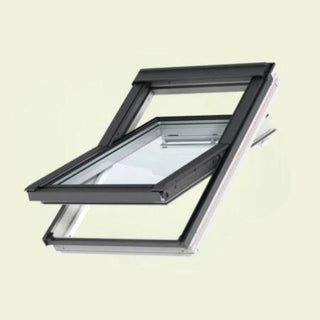Glass products, such as frameless skylights, require proper handling, transportation, and storage to prevent edge damage and avoid thermal stresses. At Cambridge Skylights, we understand how important it is to take care of glass, and we have compiled a list of essential tips and guidelines to help you properly handle and store our skylights.
It's crucial to note that, after delivery, we cannot be held liable for any damage that may occur during storage, handling, and installation. It's the homeowner's or installer's responsibility to ensure proper care.
To prevent edge damage, follow these essential "don'ts":
-
Don't let the glass edges come into contact with the frame or any hard surface during glazing installation.
-
Don't lift, roll, or "cartwheel" the skylights by their corners. Use glass suction cups when rotating the glass to prevent corner damage.
-
Don't leave the skylights overnight on top of the roof before installation.
-
Don't lay the skylight horizontally. Always ensure it's standing vertically.
-
Don't store the skylights in direct sunlight.
-
Don't attempt to lift heavy skylights without the appropriate equipment.
To properly store glass, follow these essential "do's":
-
Store crated glass in a cool, dry, shady, and well-ventilated area where it won't be exposed to rain or direct sun.
-
If glass must be stored outdoors, cover it with waterproof plastic or canvas to allow air circulation around the glass and prevent condensation, which can cause staining.
-
Store glass on a lean of 5 to 7 degrees from vertical using broad, sturdy uprights.
-
Protect the glass from weathering metals, welding, sandblasting, or acid washing, as they can cause damage to the glass surface. Materials like paint, concrete, mortar, plaster, drywall spackle, or similar substances can also stain, etch, or pit glass if allowed to harden on it.
-
Lift heavy skylights onto roofs using a crane and glass vacuum lifter. Exercise caution to avoid damage.


To prevent thermal stresses, consider the following conditions:
-
Any heat buildup behind the glass should be removed by adequate air circulation. A minimum clearance of 1-1/2" is required at the top and bottom of shades, or along one side and bottom.
-
The distance between the glass and the shading device should be at least 2 inches.
-
Any interior shading device must have heating and cooling outlets on the room side.
-
Film or other applications to the interior glass surface may cause unequal heating of the glass surface resulting in thermal breakage or seal failure due to excessive heat buildup within the insulating glass unit.

Exterior Shading
Shadows cast by trees, shrubs, and overhangs can create unequal temperature differentials within the glass surface, causing excessive thermal edge stress. Refer to the shading pattern diagram to determine whether tempering or heat-strengthening is required.

• Row 1- Acceptable. >50% of glass is in shade.
• Row 2- Marginal. >25% of glass is in shade.
• Row 3- Harmful. 25% of perimeter is in shade
By following these essential tips and guidelines, you can handle and store glass products, such as frameless skylights, safely and prevent edge damage and thermal stresses. Remember, it's always better to exercise caution and take reasonable care to avoid any damage or accidents.
If you need more information about the proper handling and installation of Cambridge Skylights, please don't hesitate to contact us today. Our team is always available to assist you and provide you with the necessary guidance to ensure the safe and successful installation of our skylights.





